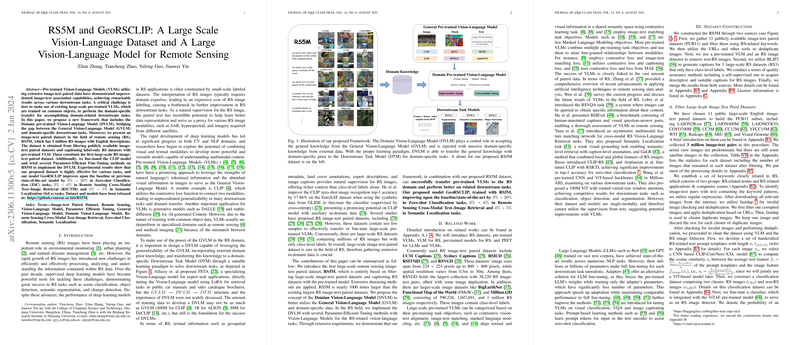Overview of the IEEEtran \LaTeX\ Templates Usage Guide
The paper, "How to Use the IEEEtran \LaTeX\ Templates," provides a detailed guide for authors aiming to prepare submissions for the Institute of Electrical and Electronics Engineers (IEEE) using the IEEEtran class in \LaTeX. This document is intended for users with a basic understanding of \LaTeX and focuses on ensuring the compatibility of document structure with IEEE's publication process.
Template Features and Design
The IEEEtran class file is purposefully designed to approximate the appearance and length of the final published version of a document, though it is not the ultimate printable format. The template facilitates the transformation of \LaTeX documents into XML, which is subsequently converted into both PDF and HTML formats for IEEE Xplore. This structure supports the efficient handling and processing of manuscripts by IEEE's outsourcing vendors.
Key Documentation Aspects
The documentation thoroughly covers the elements of a typical journal or conference paper. It provides explicit details on setting up a paper title, author affiliations, abstract, and index terms, utilizing standard \LaTeX commands for these components. For less common elements, such as special structures required by certain IEEE societies or conferences, the paper references the more comprehensive "IEEEtran_HOWTO.pdf."
Document Class Options
The IEEEtran class provides several document class options tailored for different types of publications, including journal articles, conference papers, and technical notes, among others. The paper advises beginning each document with the appropriate class declaration to ensure conformity with the intended publication's style requirements.
Creating Common Elements
The guide covers detailed instructions on creating common front and body matter elements. It includes coding for running heads, section headings, citations, figures, tables, lists, and mathematical elements, emphasizing the importance of adhering to IEEE formatting standards. Special attention is given to ensuring proper equation formatting and the use of \LaTeX environments such as equation, align, and cases.
Additional Resources and Support
The paper provides resources for obtaining \LaTeX distributions, the IEEEtran templates, and user support groups. It suggests the \TeX User Group as a recommended source for \LaTeX distributions across different operating systems and directs readers to the IEEE Template Selector for the latest template versions. For new users, the guide advocates reviewing Tobias Oetiker's "The Not So Short Introduction to \LaTeX."
Considerations and Best Practices
The paper highlights best practices to avoid common pitfalls in \LaTeX document preparation. It advises on the correct use of cross-references, labeling conventions, and warns against outdated coding practices such as using eqnarray or $$ math delimiters. It underscores the significance of ensuring all elements, equations, and references are included and accurately formatted before submission.
Conclusion and Practical Implications
This guide serves as an essential resource for authors intending to publish with IEEE. By following the structured approach outlined, authors can ensure conformity with IEEE's rigorous formatting standards, ultimately facilitating a smoother submission process. The template's design and extensive options exemplify a robust tool for academic and professional authors working across various IEEE publications.
Future enhancements to the template could potentially integrate more automated processes or expand compatibility with other editorial software, further simplifying the authoring experience.
